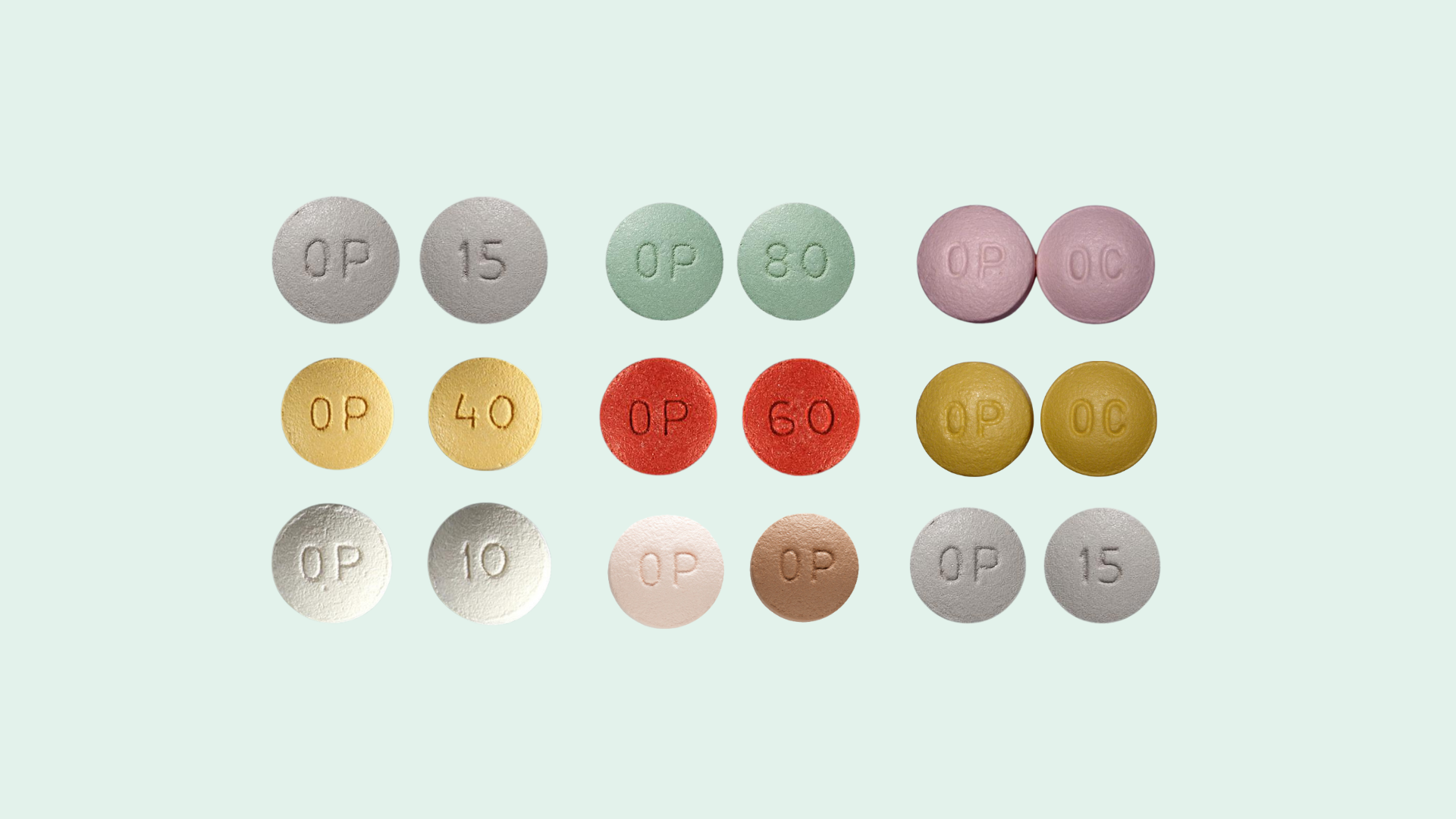Understanding OxyContin
Before delving into the detox and withdrawal process, it’s essential to have a clear understanding of OxyContin. OxyContin is a semi-synthetic opioid medication that binds to the mu opioid receptors in the brain and throughout the body. This binding leads to pain relief, respiratory depression, euphoria, and sedation. OxyContin is classified as a Schedule II substance due to its high potential for misuse and dependence.
What Are OxyContin Withdrawal and Side Effects Like?
When individuals develop a physical dependence on OxyContin, they may experience withdrawal symptoms when they stop using the drug. OxyContin withdrawal symptoms can be uncomfortable and distressing but are not generally considered medically dangerous. The severity and duration of withdrawal symptoms can vary from person to person.
Common OxyContin withdrawal symptoms include
- Restlessness
- Muscle and bone pain
- Insomnia
- Diarrhea
- Chills
- Increased sensitivity to pain
- Increased heart rate or blood pressure
- Weakness
It’s important to note that sudden discontinuation of OxyContin can cause serious withdrawal symptoms, uncontrolled pain, and even suicidal thoughts. Therefore, it is recommended to undergo detoxification under medical supervision to manage these symptoms effectively.
What Is the OxyContin Withdrawal Timeline?
The OxyContin withdrawal timeline can vary depending on several factors, including the individual’s usage patterns, duration of use, and overall health. Generally, withdrawal symptoms begin to appear within two to four days after the last dose and peak in severity after 72 to 96 hours. The symptoms gradually subside over a period of approximately two weeks.
However, it’s worth noting that some individuals may experience prolonged withdrawal symptoms such as low mood, cravings, insomnia, and pain that can last for weeks or even months. Factors such as the amount and duration of opioid use, previous withdrawal experiences, and the presence of co-occurring disorders can influence the duration and intensity of withdrawal symptoms.
What Is OxyContin Detox Like?
Detoxification is the process of removing OxyContin from the body and managing the associated withdrawal symptoms. OxyContin detox should always be conducted under medical supervision to ensure the safety and well-being of the individual.
The first step in OxyContin detox is a comprehensive assessment conducted by medical professionals. This assessment takes into account the nature of the addiction, the individual’s medical history, and their overall situation. Based on the assessment, a personalized treatment plan is developed, which may include residential rehab or an outpatient program.
During detox, medication may be prescribed to alleviate withdrawal symptoms and help wean the individual off OxyContin gradually. Medications such as methadone, buprenorphine, clonidine, and lofexidine can be utilized to manage withdrawal symptoms effectively.
What Happens Next?
While detoxification is an important step in breaking free from OxyContin addiction, it is not sufficient on its own to achieve long-term recovery. After detox, individuals are encouraged to continue their treatment journey in a comprehensive rehabilitation program. This may involve attending counseling and therapy sessions, participating in behavioral therapies, and engaging in aftercare programs.
Therapies such as cognitive behavioral therapy (CBT), psychodynamic therapy, group therapy, and individual therapy can address the underlying issues that contributed to the addiction and provide tools for relapse prevention. Aftercare programs, such as mindfulness-based relapse prevention courses and participation in mutual-help support groups, can also play a crucial role in maintaining long-term sobriety.
It’s important to remember that recovery from OxyContin addiction is a lifelong process. Continued support, therapy, and a strong support system are essential for individuals to maintain their sobriety and lead fulfilling lives free from OxyContin dependence.
OxyContin detox and withdrawal can be challenging, but with the right support and treatment, individuals can overcome their addiction and achieve lasting recovery. Understanding the symptoms, timeline, and treatment options associated with OxyContin detox is crucial for individuals seeking to break free from the grip of this powerful opioid. With comprehensive treatment, therapy, and aftercare, individuals can regain control of their lives and embark on a journey of health and wellbeing.

